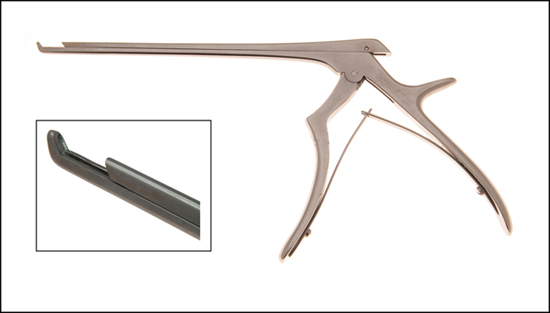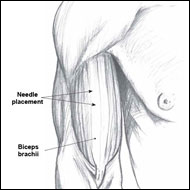ARCHIVES
Potential Briefs
ISSUE #01 — MARCH 2011
Comment on this Newsletter... CLICK HERE
ARTICLE HIGHLIGHT
Dhiraj Jeyanandarajan, M.D. - Board Certified Neurologist
Article: Intraoperative Motor Evoked Potential Alteration in Intracranial Tumor Surgery and Its Relation to Signal Alteration in Postoperative Magnetic Resonance Imaging
Authors: Andrea Szelenyi, Elke Hattingen, Stefan Weidauer, Volker Seifert, Ulf Ziemann
Journal: Neurosurgery 67:302-313, 2010
Summary: This paper is a prospective sampling of data over a 6 year period at an academic center in Frankfurt, Germany of patients undergoing intracranial tumor surgery with intraoperative monitoring, who had alteration of transcranial electrical stimulated motor evoked potentials (MEPs) during the procedure. Various criteria were used to narrow the sample to 29 patients who fit the inclusion criteria from a sample of 965 patients. Changes were classified as either Deterioration or Loss with each having a subcategory of Reversible or Irreversible. The changes needed to be present in 3 consecutive recordings. Deterioration was classified as a 50% amplitude decrement or latency shift of 2ms. Postoperative clinical outcomes were recorded as well as a comparison of pre and postoperative MRI scans. The data was analyzed with Fisher's exact test appropriate for the small sample size and results showed
statistically significant p values.
The author's conclusions were that irreversible intraoperative MEP alterations (either loss or deterioration) was associated with new motor deficits significantly more frequently than those with reversible MEP alterations. MEP loss is associated with greater risk of developing new motor deficits than MEP deterioration. MEP loss is caused MORE
INSTRUMENT REVIEW
Kerrison Punch (Angled with 45° Bite)

The Kerrison Punch is used to remove bone and disc material with a biting action. This instrument will vary in size and length depending upon the offending pathology. The angle of the bite can be either 45 or 90 degrees, and the tip of the instrument can angle up or down. The Kerrison Punch will commonly be used when doing a foraminotomy.
ILLUSTRATION OF THE MONTH

Biceps Brachii
Action: With forearm supine, flexes the elbow.
Innervation: Musculocutaneus nerve, C5 and C6.
The stretch receptors of the biceps brachii muscle communicate mainly with the C5 spinal nerve and partially with the C6 spinal nerve. Therefore, the biceps brachii is commonly monitored as part of C5/C6 anterior and posterior cervical surgeries.
WEBSITE VIDEO TOUR
Richard Slepian - President


